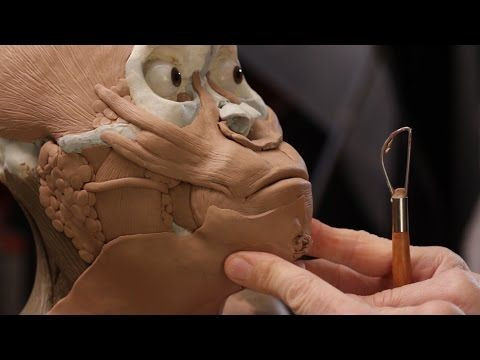Never-Before-Seen Human Relative Homo Naledi Unearthed In South Africa: Watch Paleoartist Give Our New Cousin A Face

It looks like we may need to add a new branch to our family tree. A team of archeologists in South Africa recently made an astonishing finding when they unearthed the remains of a previously unknown hominid species they now believe is closely related to modern-day humans. Although the fossils of our new ancient cousin Homo naledi give us an idea of how the species lived, paleoartist John Gurche went one step further and created a visual.
Homo naledi, named after the cave where remains of up to 15 individuals were found, represents a new species to the Homo genus because of its similarities to humans, but it also has its own unique features that set it apart as its own species, The Independent reported. From the hominoid remains, we learn that Homo naledi had a brain about the size of a baseball, had no trouble walking upright, but also liked to climb and swing from trees. Homo naledi's bone structure suggests it was able to use tools. The unique manner the 15 complete remains were laid out in the South African cave also suggest this species had emotional awareness and practiced burial ceremonies.
“With almost every bone in the body represented multiple times, Homo naledi is already practically the best-known member of our lineage,” explained the lead researcher behind the expedition, Professor Lee Berger of the University of Witwatersrand in Johannesburg, The Independent reported.
Although the bones give us a clear picture of the species's lifestyle, paleoartist John Gurche worked to give a recognizable fleshy face to our newest genetic cousin. Using a combination of in-depth anatomical knowledge and a bit of creative license, it took hours for Gurche to create a reconstruction of Homo naledi’s head, but according to Gurche, it was all worth it to get the end result.
"It has this big 'tada' moment, which is almost like the end of a mystery story where the identity is revealed," Gurche explained in a recent National Geographic documentary. "And that’s an exciting moment for me to have that often surprising moment of seeing the face as an entirety for the first time."
Published by Medicaldaily.com



























